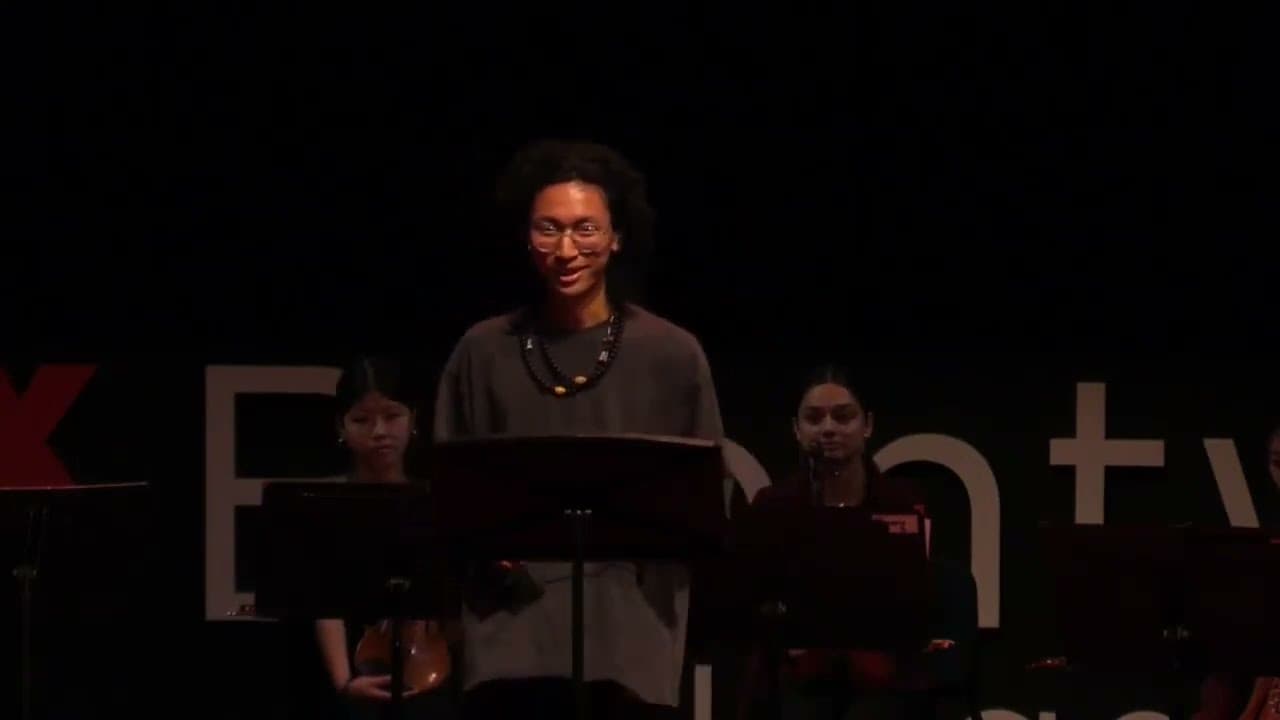HARMONIC STORIES | Zheng Yang | TEDxBrentwoodCollegeSchool
05 May 2024 (12 months ago)

Evolution of Music Perception
- Ancient music, such as "Hurrian Hymn No. 6," was simple and served spiritual purposes, fostering community through worship.
- In the 18th century, composers like Bach developed complex harmonies and structures, focusing on mathematical precision and expressing emotions within a religious context.
- In the late 19th century, composers like Erik Satie challenged traditional music with works like "Gymnopédie No. 1," using unstable chords and creating a sense of reflection and introspection.
- Ravel's "Bolero," composed during his struggle with dementia, conveyed a sense of entrapment and frustration through repetitive rhythms and rising dynamics, communicating emotions without relying on harmonic progressions.
- Modern music perception involves personal experiences and emotions, connecting to harmonies in ways that composers of the past may not have intended.
Harmony in Music
- Harmony has psychotic qualities and structure.
- The speaker recommends listening to the full 15 minutes of Arrow to experience the feeling of harmony.
- The speaker discusses four examples of composers using harmony to tell stories in different ways:
- Herheim used the rawest form of devotion.
- B used intricate calculations.
- SA used the meticulous choice of chords and phrasing.
- V used perspective.
Conclusion
- There are millions of pieces of music composed by humans, each with its own intended meaning.
- The speaker encourages the audience to listen to music with a different attitude to discover more stories and perspectives.
- The speaker thanks the audience for coming to their TCH talk.